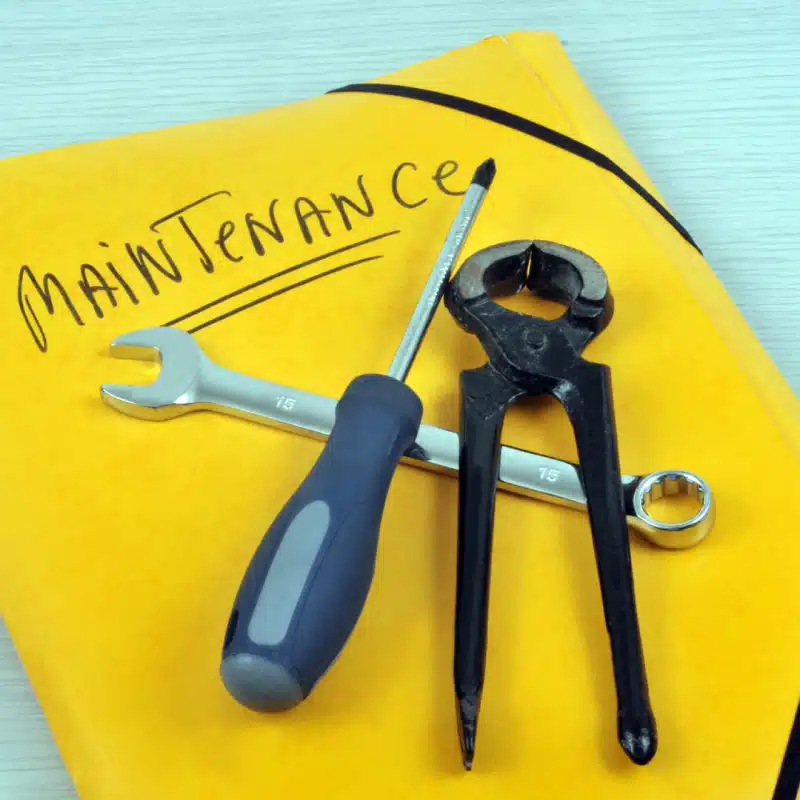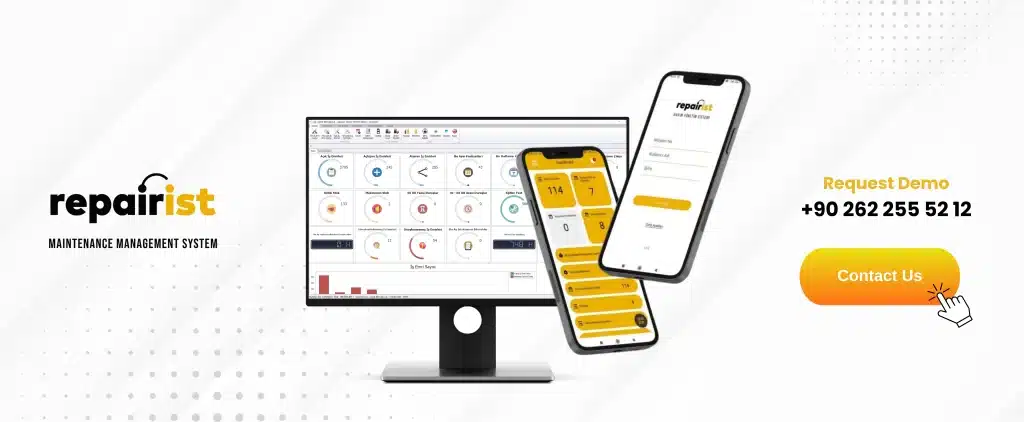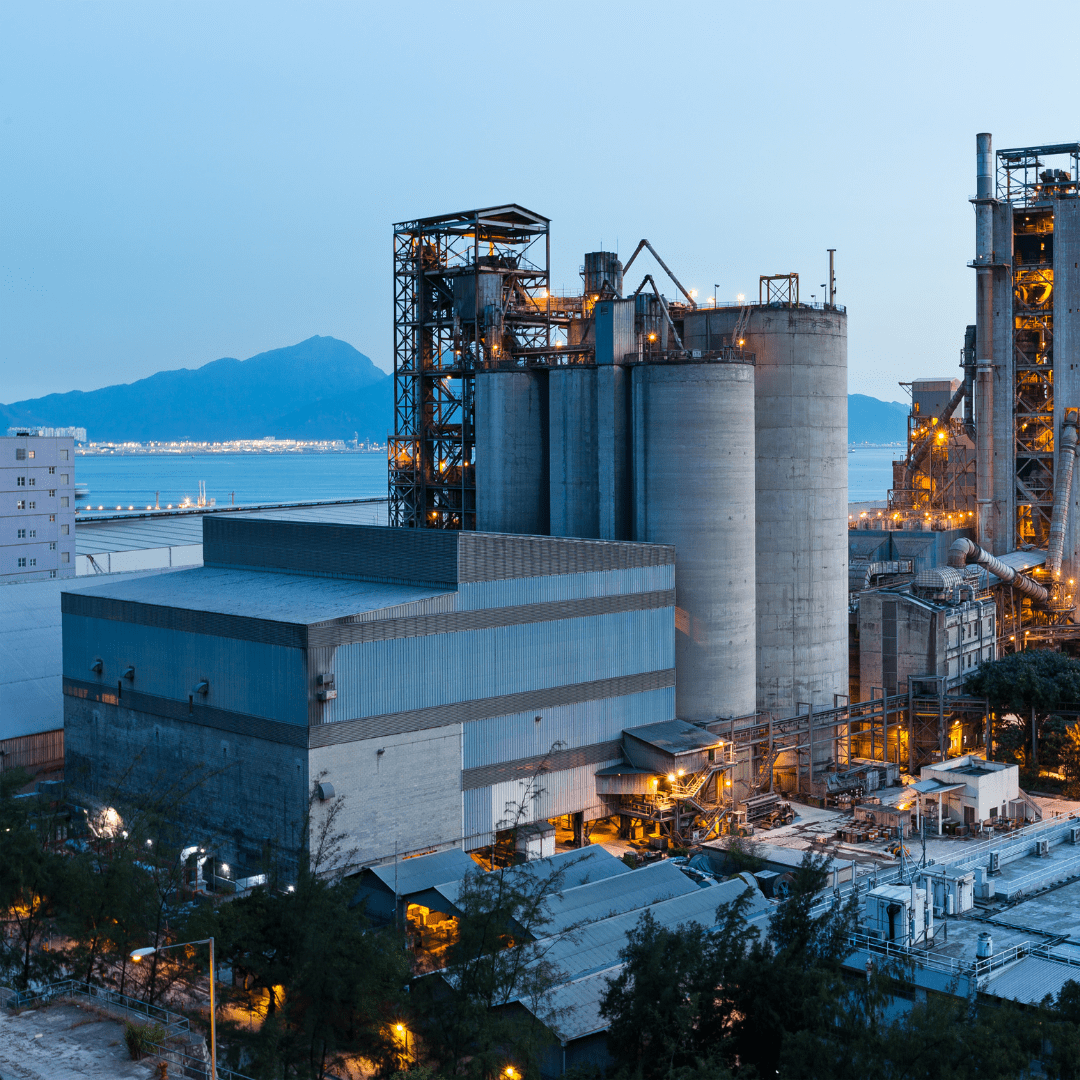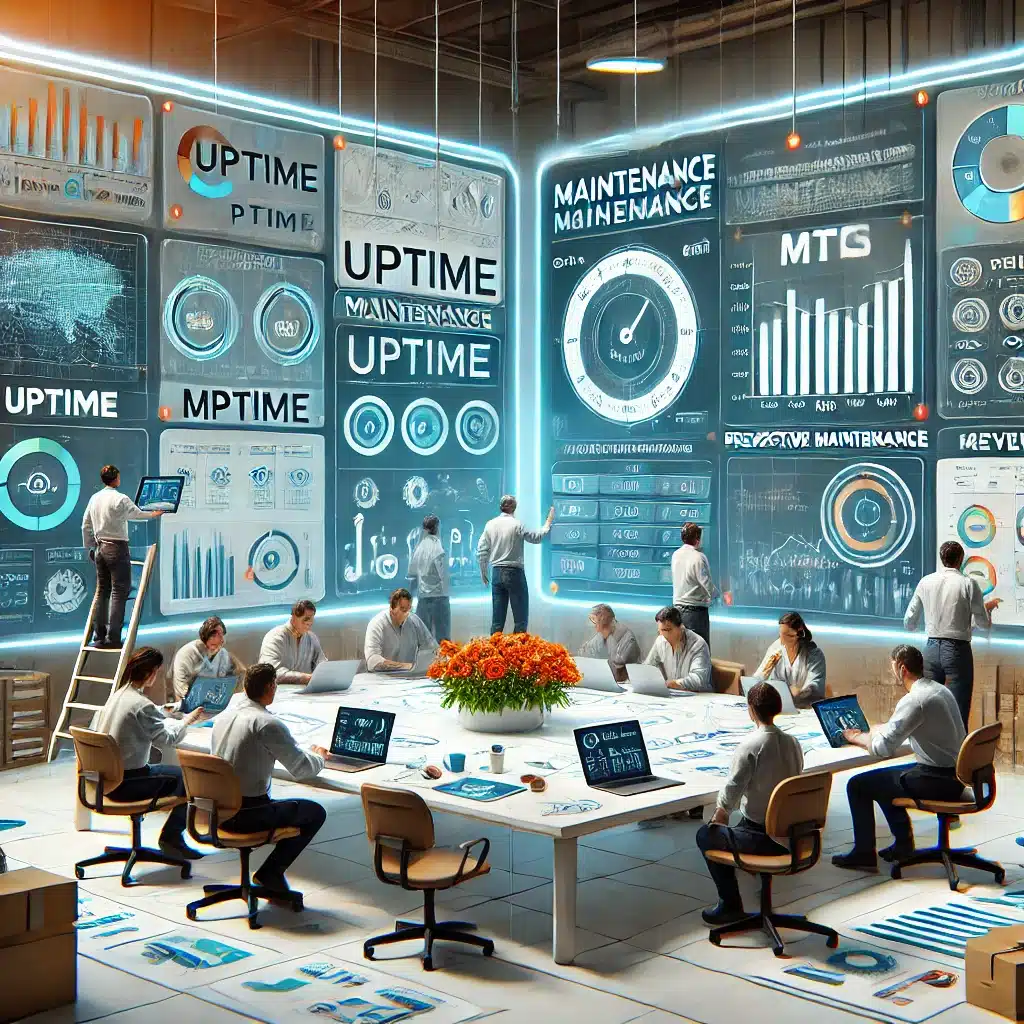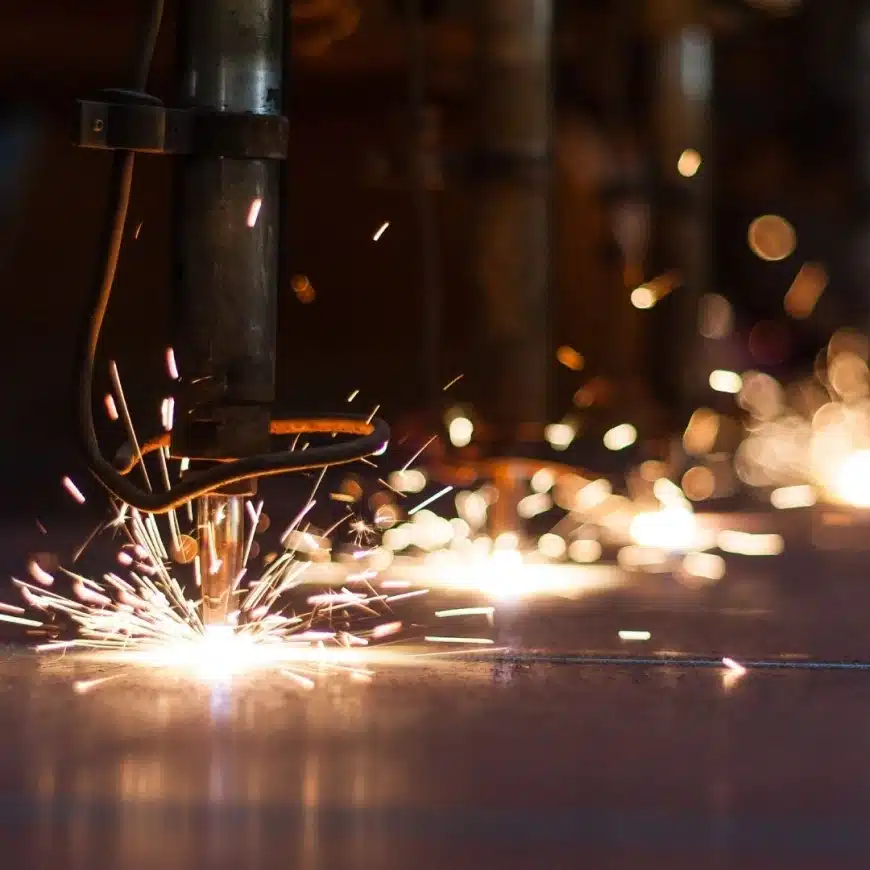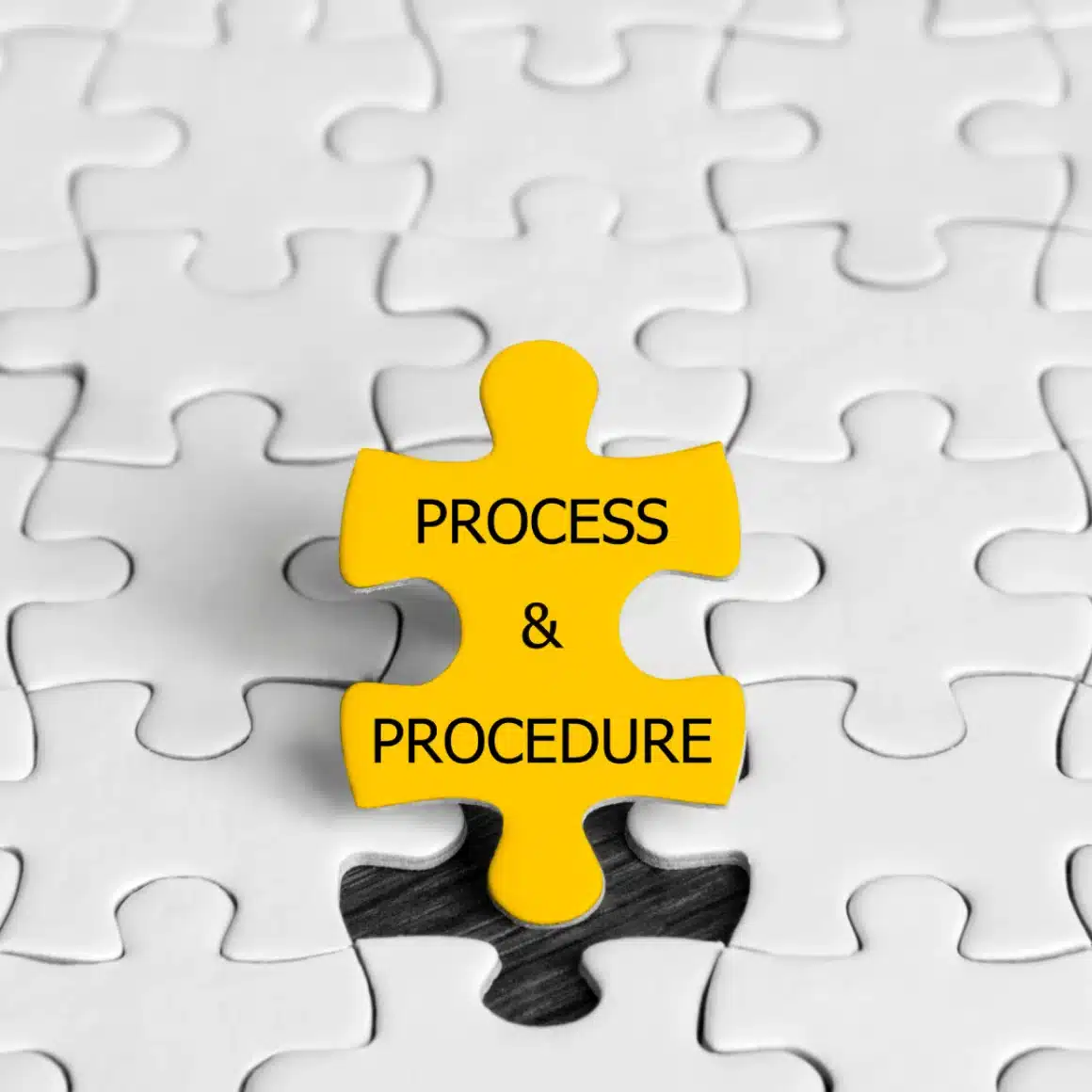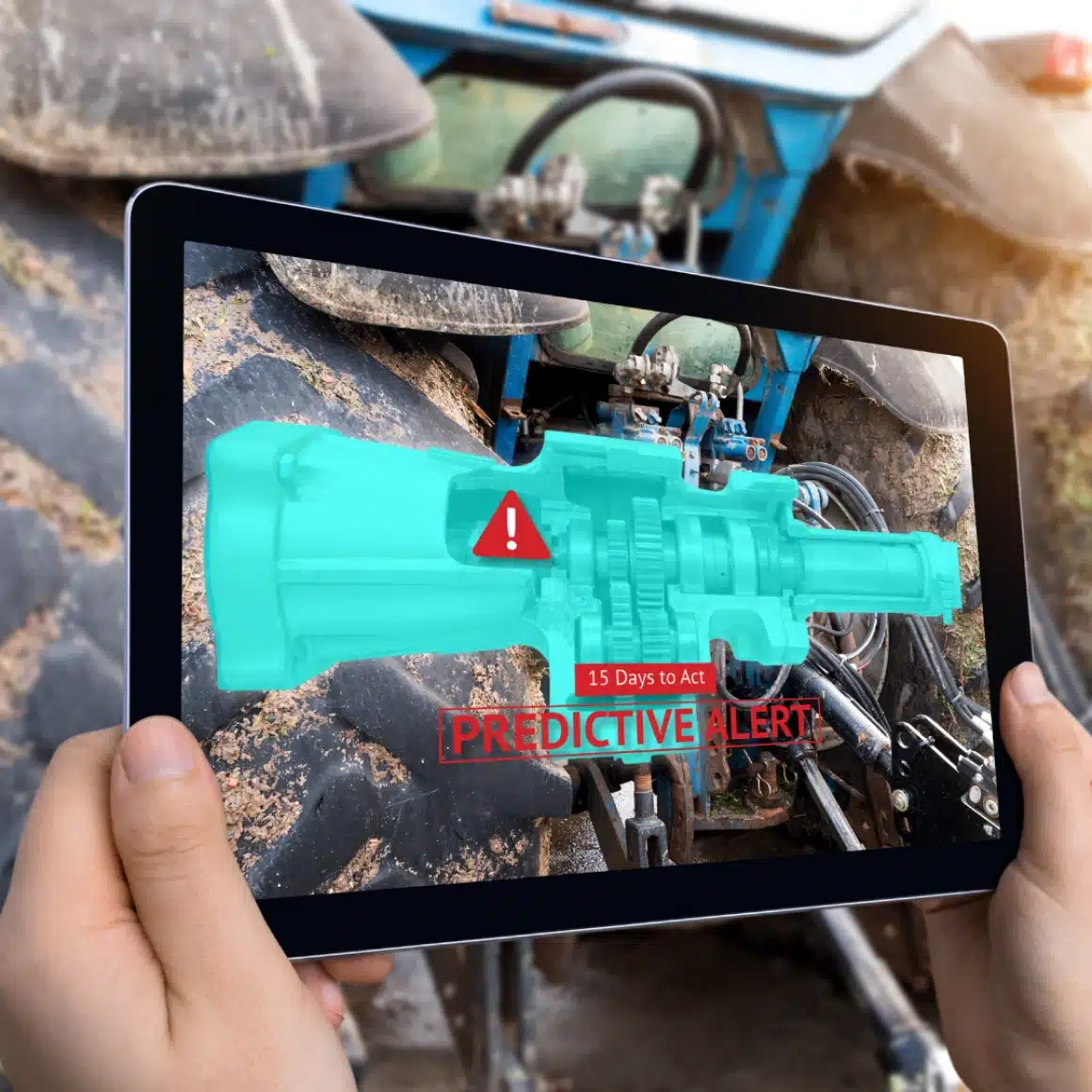Periodic Maintenance Management
In all industries—from industrial facilities and production lines to hospitals and logistics warehouses—the continuity and reliability of equipment play a decisive role in business success. Periodic maintenance ensures that these critical assets are inspected at regular intervals, potential failures are detected in advance, and preventive actions are taken. However, maintenance processes managed through traditional methods are often time-consuming, error-prone, and far from sustainable.
Our CMMS software digitalizes your periodic maintenance processes, delivering time savings, cost efficiency, and improved operational productivity. Easily manage scheduled maintenance tasks from a single platform, eliminate human error with automated workflows, and systematize your maintenance operations.
What is Periodic Maintenance?
Periodic maintenance refers to the regular inspection and servicing of equipment and machinery at predetermined time intervals or after specific usage cycles. The goal is to prevent potential breakdowns, extend the lifespan of assets, and minimize unplanned downtime. Compared to reactive maintenance—where intervention only occurs after a failure—periodic maintenance is significantly more cost-effective and ensures production continuity.
Key Features of Periodic Maintenance Management
1. Maintenance Planning and Calendar Management
- Create periodic maintenance plans for all equipment
- Design dynamic maintenance cycles based on time, meter readings, or usage data
- Define daily, weekly, monthly, and annual maintenance intervals
- Easily track upcoming and overdue maintenance tasks through a calendar view
2. Automated Task Assignment and Notifications
- Automatically generate work orders based on predefined maintenance plans
- Assign tasks automatically to relevant maintenance teams and technicians
- Send reminders for upcoming maintenance via email, SMS, or mobile notifications
- Utilize flexible task routing for immediate intervention in urgent maintenance cases
3. Mobile Application Integration
- Maintenance teams can access work orders on-site via mobile devices
- Record completed tasks instantly and attach photos directly to the system
- Quickly access equipment information and maintenance history through QR code scanning
- Offline mode support allows data entry without an internet connection
4. Asset and Equipment Management Integration
- Maintain all technical specifications and maintenance history of equipment in a centralized system
- View detailed reports on maintenance history to track when and how each asset was serviced
- Define more frequent maintenance cycles for critical assets to reduce failure risks
5. Inventory and Spare Parts Management
- Plan spare part requirements in advance for scheduled periodic maintenance
- Keep critical spare parts stock levels up-to-date with automated inventory control
- Integrate spare parts procurement with maintenance plans to minimize downtime
6. Reporting and Performance Analysis
- Report on completed, delayed, and canceled maintenance tasks
- Monitor key maintenance KPIs such as MTBF (Mean Time Between Failures) and MTTR (Mean Time To Repair)
- Analyze workforce efficiency with technician performance reports
- Support data-driven decision-making processes through comprehensive analytics
Advantages of Periodic Maintenance for Your Business
✅ Minimize Failures and Downtime
Regular maintenance prevents unexpected breakdowns and production interruptions. This reduces unplanned downtime, boosting the productivity of your business.
✅ Extend Equipment Lifespan
Routine maintenance reduces wear and tear on equipment and machinery, allowing you to achieve higher performance from your assets for a longer period.
✅ Control Costs
Periodic maintenance is far more cost-effective compared to repairs after breakdowns. Additionally, it reduces the losses caused by emergency repairs and unplanned downtime.
✅ Enhance Occupational Health and Safety
Well-maintained equipment ensures a safer working environment, helping prevent hazardous failures and workplace accidents.
✅ Ease of Compliance and Audits
Our CMMS software keeps maintenance records accurate and up to date. It ensures compliance with quality and safety standards such as ISO 9001, ISO 14001, and ISO 45001. During audits, you can quickly present and track documents, speeding up the process.
✅ Data-Driven Strategic Management
With maintenance reports and KPI analyses, you can identify which equipment requires more frequent servicing and plan your budget more accurately.
Digital Transformation of Periodic Maintenance
Manual maintenance tracking systems are prone to confusion and human error. With our CMMS software, your periodic maintenance processes are digitalized:
- Automate maintenance plans
- Accelerate task assignments
- Optimize resource usage
- Increase operational efficiency
Instead of wasting time with paper forms and Excel spreadsheets, manage all processes centrally from a single platform.
Why Repairist CMMS?
- User-friendly interface.
- Flexible configuration options.
- Powerful integration capabilities.
- Mobile compatibility and offline usage.
- Expert support team and ongoing training opportunities.
- Modular structure: Comprehensive solutions covering all maintenance processes, including periodic maintenance
Next Steps
Have you received sufficient information about “Periodic Maintenance Software” ?
repairist is here to help you. We answer your questions about the Maintenance Management System and provide information about the main features and benefits of the software. We help you access the repairist demo and even get a free trial.
Aybit Technology Inc.
Frequently Asked Questions
Periodic maintenance involves the planned inspection and servicing of equipment and machinery at specific time intervals. This method ensures that equipment is checked before failures occur, preventing unplanned downtime and sudden breakdowns. As a result, production continuity is maintained, maintenance costs are reduced, and equipment lifespan is extended.
Both maintenance types aim to prevent failures. Periodic maintenance is scheduled based on time or usage intervals. Preventive maintenance, however, is planned more flexibly and dynamically, based on the condition or performance data of the equipment. Our CMMS software supports and integrates both types of maintenance.
After defining your equipment in the CMMS software, you can set specific maintenance intervals for each asset. You can plan based on time (days, weeks, months, years) or counters (operating hours, production quantities, mileage, etc.). The software automatically reminds you of upcoming maintenance dates and generates work orders.

